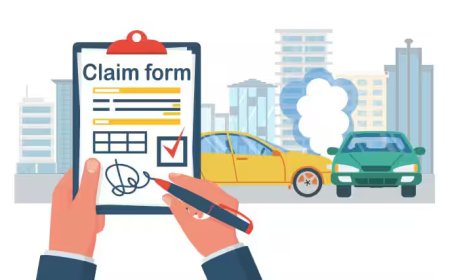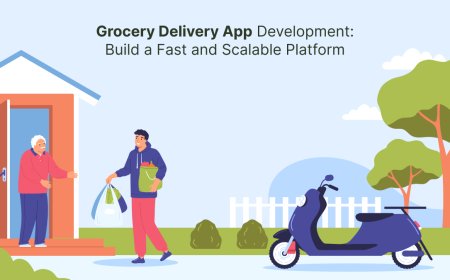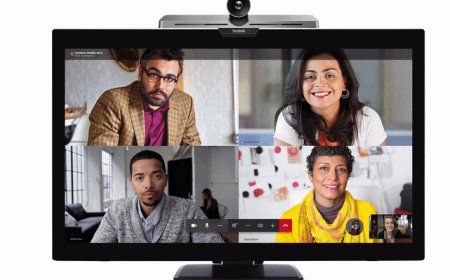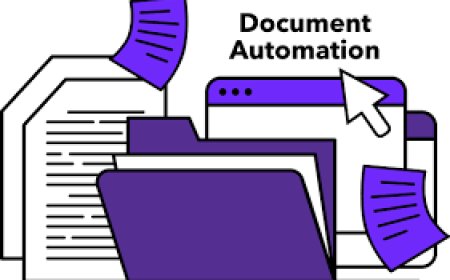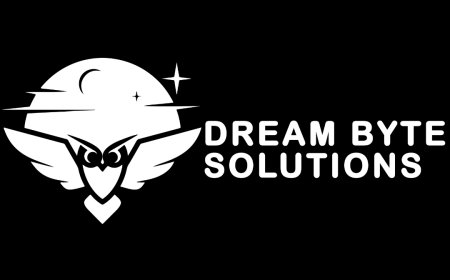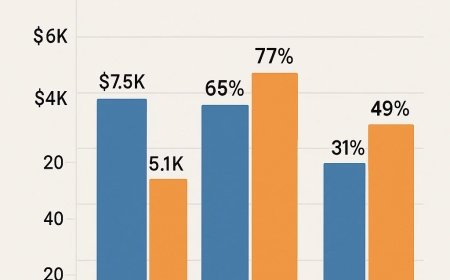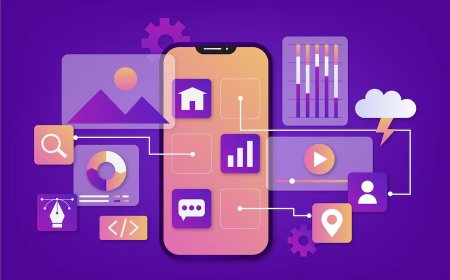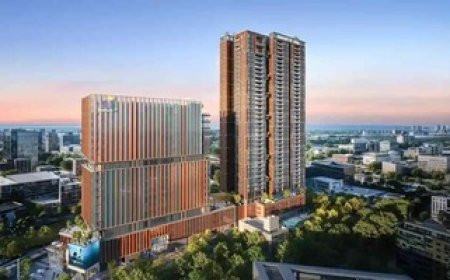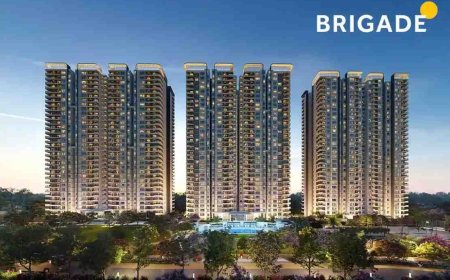Strengthening Communities With Human Rights
Explore how a human rights focus empowers communities through education, inclusion, youth engagement, and cultural awareness for justice and social resilience.
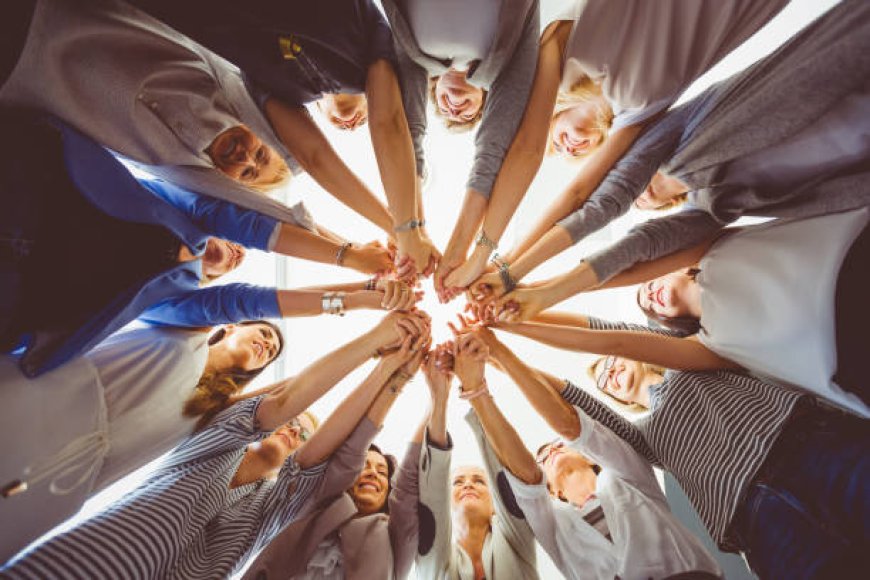
Strong communities are built not just on shared spaces but on shared values, and among the most essential arehuman rights. When communities prioritize human dignity, justice, and equality, they become safer, more inclusive, and more resilient. A human rights-basedapproach ensures that every individual, regardless of background, is protected and empowered. From housing and education to freedom of expression and access to justice, rights-centeredefforts help reduce inequality and foster mutual respect. By focusing on rights at the grassroots level, communities can transform conflict into collaboration and division into unity.
Why Human Rights Matter in Local Development
Human rights are not just a global ideal, they are practical foundations for strong local governance and communitwell-beingng. When rights are respected and upheld, individuals are more likely to engage in civic life, trust their institutions, and support one another. Communities that focus on equal access to resources and services see fewer conflicts and greater cooperation. Promoting these rights on a local level helps create a sense of shared responsibility and mutual care. This focus builds trust and helps prevent discrimination, marginalization, and social unrest within diverse populations.
Culture and Awareness as Tools for Empowerment
Promoting human rights means educating people about their dignity and freedoms, often through community programs and cultural events. Workshops, festivals, and forums help people understand their roles in defending justice and equality. Initiatives that support cultural seminars inGeorgiahave played a vital role in this regard, providing inclusive platforms for storytelling, education, and dialogue. These events empower communities to embrace diversity and resist injustice. Culture is not just an expression of identity; it's a medium for teaching rights, building solidarity, and sparking meaningful local engagement.
Inclusive Education Strengthens Community Bonds
Education is a vital pillar of rights-baseddevelopment. Teaching youth and adults about fairness, tolerance, and global citizenship fosters long-termchange. Rights-basededucation equips individuals to speak up for themselves and others. When schools and local institutions incorporate human rights values into their curricula, they shape informed, active citizens. Inclusive education also breaks cycles of exclusion and discrimination. With greater understanding of their rights and those of others, individuals become stronger advocates, capable of contributing to safer, more equitable communities.
Engaging Youth in Rights-BasedCommunity Building
Young people are powerful agents of change. When engaged through projects, volunteerism, and leadership programs rooted in human rights, they become active participants in creating inclusive communities. Youth bring energy, innovation, and fresh perspectives to social issues. Programs that include them in local decision-making help bridge generational divides. Whether it's organizing a rights awareness campaign or participating in community planning, their involvement ensures continuity of values and long-termsustainability. Investing in youth is investing in the future of a just and compassionate society.
Bridging Divides through Dialogue and Collaboration
Promoting human rights often requires difficult conversations, especially in communities shaped by past conflict, injustice, or inequality. Dialogue is the first step toward healing. Community forums and listening sessions offer platforms for expressing experiences and understanding others. When these conversations are facilitated respectfully, they help build empathy and uncover shared goals. By inviting diverse voices to the table, collaboration becomes possible. Through ongoing partnerships, communities can address root causes of division, build trust, and create policies or practices that reflect shared human values.
Protecting Vulnerable Populations Locally
Communities cannot thrive when certain groups are left behind. A human rights focus prioritizes the inclusion and protection of vulnerable populations, such as minorities, refugees, the elderly, and persons with disabilities. Local governments and organizations must ensure that these groups have access to housing, healthcare, education, and public safety. Supporting their participation in community life is essential. Inclusive design, accessible services, and anti-discriminationmeasures all contribute to equitable development. When the most vulnerable are supported, the entire community becomes more compassionate, secure, and just.
Grassroots Advocacy and Policy Change
Sustainable change starts from the ground up. Community members who understand and embrace human rights can become advocates for local policy improvements. Whether fighting for fair housing, better healthcare, or accessible education, grassroots efforts often lead to lasting reform. Training sessions, awareness campaigns, and community petitions are practical tools for raising local concerns. Civic engagement rooted in rights ensures accountability and transparency from leadership. As communities organize and unite around common goals, their collective voice becomes a powerful force for structural transformation.
Human Rights as the Heart of Resilient Communities
Resilient communities are not only those that can respond to a crisis, but those that protect dignity in both hardship and peace. A human rightsfoundation strengthens a communitys ability to adapt, recover, and grow. By building systems based on fairness, protection, and opportunity, communities prepare themselves for social, environmental, and economic challenges. Human rights provide the moral and legal backbone for such resilience. They remind us that community strength is not measured by wealth or infrastructure alone, but by how its people treat and protect one another.
Conclusion
Building strong, inclusive, and peaceful communities begins with putting human rights at the center. When people understand and claim their rights and respect the rights of others, they become active agents in shaping fair and thriving neighborhoods. Through education, cultural awareness, youth engagement, and grassroots advocacy, communities gain the tools to challenge injustice and foster unity. This is not just about policy or law; its about how we live together. By focusing on dignity, equality, and justice at every level, we dont just strengthen communities, but we redefine them.








&srotate=0)



